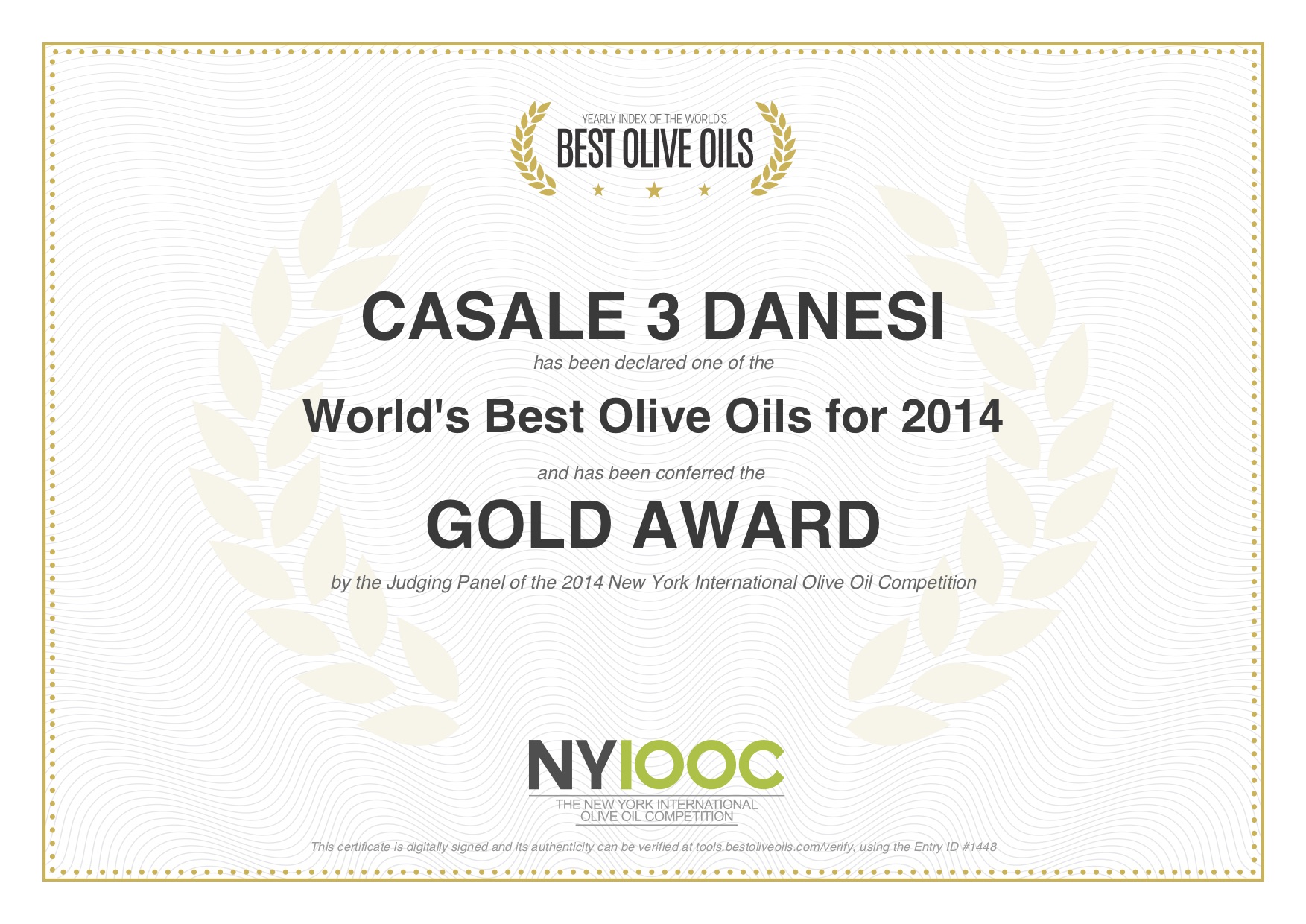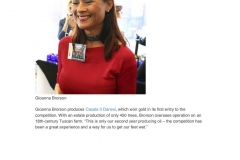The summer is an extremely busy time at Casale 3 Danesi. It’s the season to tend to the vegetable garden, trim the growing sangiovese vineyard, and most importantly “tagliare l’erbe” (the cutting of the grass between our olive trees).
This is a process which takes several weeks and is essential in the practice of growing organic olives. Others would simply use spray for the soil underneath the olive trees.

The smell when cutting the grass under the trees is a mix of freshly cut, indigenous herbs: wild fennel, mint and artichokes. A naturally, lush aroma that can also be found inherited later in the olive oil.Our fruit orchard is also booming during the summer! It’s time to harvest juicy cherries and apricots for our homemade marmalade, fruit juice and nectar. Now in July other fruits such as plums, pears, and apples are ripe and ready to be picked.

An important event on the 24th of June in Tuscany, as well as all of Italy, is the Day of St. Giovanni. It is the longest day of the year. Tuscans in the countryside prepare St. Giovanni’s holy water, the night before, by infusing water with about 10 different herbs: chamomile, wild fennel, mint, sage, rosemary, bay leaves, rose petals, lavender and others. The water is then left outside during the night to be enriched with the morning dew. You then rub the “healing water”on your body and it will refresh, rinse and heal you. This is shared with your friends and family for good health!
The day of St. Giovanni is also important in Florence with a huge celebration, especially in 2021, since we have not been able to commemorate with other people due to the pandemic.

Though some of the venues are smaller or not happening due to the pandemic, summer is still in full swing with lots of other events throughout Tuscany! There are music festivals, such as “Lucca Summer Festival”, “Pistoia Blues”,and “the Puccini Festival”, which consists of a series of outdoor theatre performances at “Il Gran Teatro all’Aperto” in Torre di Lago. These events are not be missed when visiting the area!
An important part of “La Bella Vita” (the famous Italian lifestyle) will always include food and wine. The summertime is the peak of enjoying native food delicacies that are prepared by the locals. The “Sagras” (food events) are happening all over Italy and Tuscany, we suggest that you check with your local newspapers or billboard announcements. Certainly everyone has a local, best wine to taste and share with you.
Please read the attached article, published by “The Florentine”, outlining this year’s celebration.
We at Casale 3 Danesi are in the beginning phases of producing a sangiovese, red wine, for our winemaking. Our plants are fairly young and we are still in the development stage.
Also! Not to forget the hardworking bees on our property, who produce honey during this season. They produce 3 types of honey: Acacia, Millefiore (summer floral mix) and Chestnut honey. This year in Tuscany the Acacia did not bloom, sadly due to environmental changes as bees are very delicate creatures and sensitive to climate changes. We are hopeful next year we’ll see improvement, because bees are essential to protecting nature.
Our variety of dried herbs are also an important part of what we do. They can be use in food preparation by themselves, mixed with salts or used as herbal teas. This year we gathered and dried linden flowers for tea which we plan to perfect with time and share with you!













